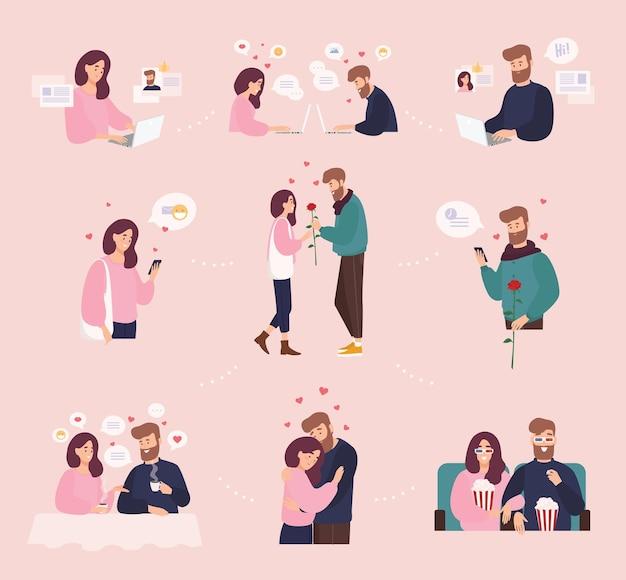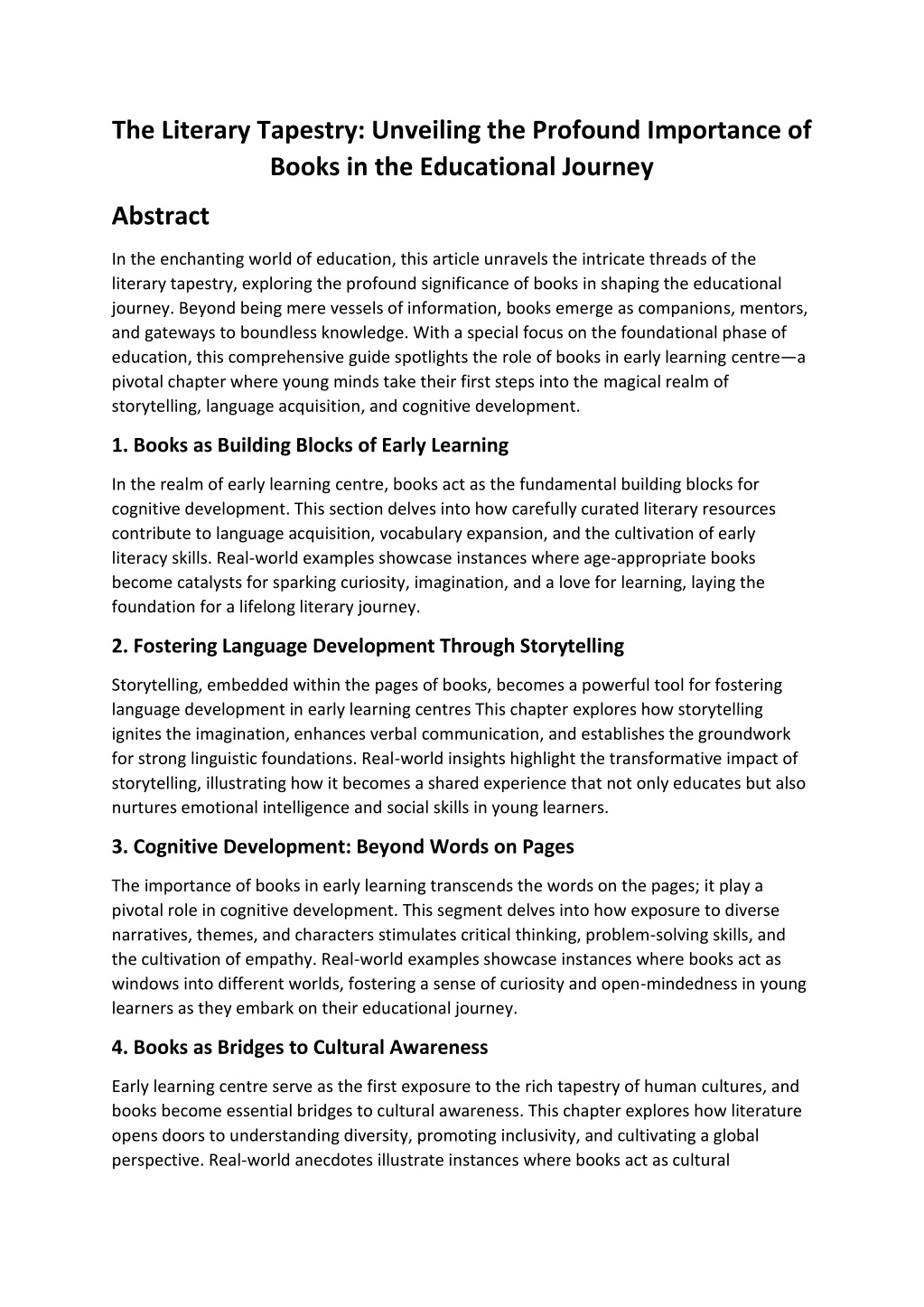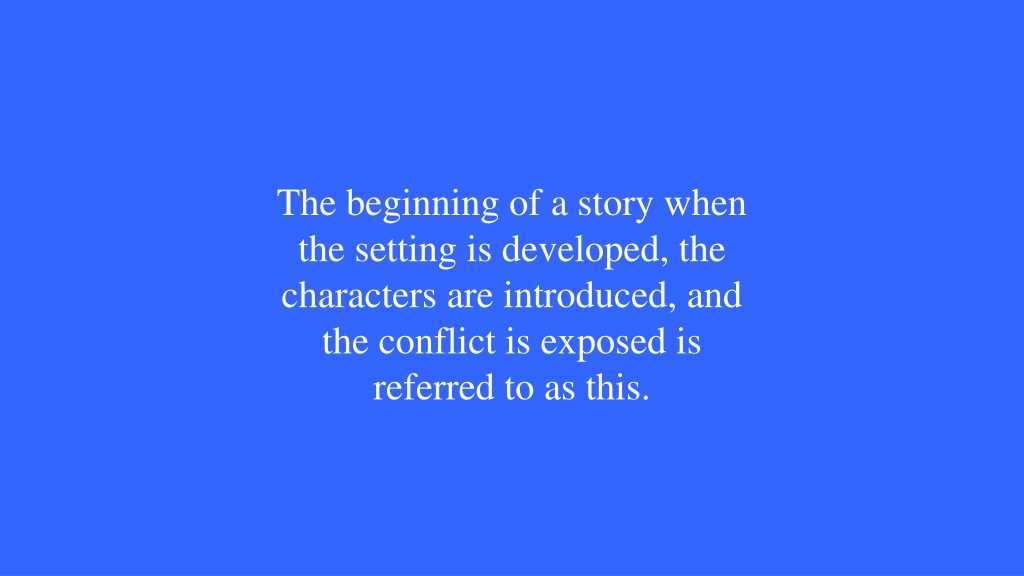Unraveling the Literary Tapestry of "It Ends With Us": A Deep Dive into the Devices that Shape the Narrative
Related Articles: Unraveling the Literary Tapestry of "It Ends With Us": A Deep Dive into the Devices that Shape the Narrative
Introduction
In this auspicious occasion, we are delighted to delve into the intriguing topic related to Unraveling the Literary Tapestry of "It Ends With Us": A Deep Dive into the Devices that Shape the Narrative. Let’s weave interesting information and offer fresh perspectives to the readers.
Table of Content
Unraveling the Literary Tapestry of "It Ends With Us": A Deep Dive into the Devices that Shape the Narrative

Colleen Hoover’s "It Ends With Us" has captivated readers worldwide, sparking conversations about love, trauma, and the complexities of human relationships. The novel’s success lies not only in its compelling storyline but also in its masterful use of literary devices. These devices, woven seamlessly into the narrative, elevate the reader’s experience, fostering deeper engagement with the characters and themes.
This comprehensive exploration will delve into the key literary devices employed in "It Ends With Us," analyzing their impact on the story and its overall message.
1. First-Person Narrative: The novel is told from the perspective of Lily Bloom, offering an intimate and deeply personal account of her life. This choice allows readers to experience the story through Lily’s eyes, providing unfiltered access to her thoughts, feelings, and internal struggles. The first-person narrative fosters a sense of immediacy and authenticity, drawing readers into Lily’s world and making them active participants in her journey.
2. Flashback: "It Ends With Us" masterfully utilizes flashbacks to reveal crucial details about Lily’s past, particularly her relationship with her father, Ryle’s upbringing, and her first love, Atlas. These flashbacks provide context for Lily’s current actions and motivations, shedding light on the emotional baggage she carries and the underlying patterns in her relationships. They also contribute to the novel’s suspense, as readers anticipate the impact of these past experiences on Lily’s present.
3. Foreshadowing: Hoover skillfully employs foreshadowing throughout the narrative, planting subtle clues that hint at future events. These clues, often seemingly insignificant at the time, contribute to the mounting tension and anticipation as readers piece together the puzzle. For instance, the recurring symbol of the butterfly, representing freedom and transformation, foreshadows Lily’s eventual liberation from her toxic relationship.
4. Symbolism: Symbols play a significant role in "It Ends With Us," adding layers of meaning and depth to the narrative. The most prominent symbol is the butterfly, representing Lily’s journey toward self-discovery and liberation. Other symbols, such as the storm representing chaos and emotional turmoil, and the ocean symbolizing vastness and unknown depths, further enhance the novel’s thematic resonance.
5. Irony: Irony, particularly dramatic irony, permeates the narrative, creating moments of both tension and poignancy. Readers are often privy to information that characters are not, leading to a heightened sense of anticipation and a deeper understanding of the characters’ motivations. For instance, the reader is aware of Ryle’s controlling nature and the potential danger Lily faces, while she remains oblivious, creating a sense of suspense and dread.
6. Juxtaposition: Hoover effectively uses juxtaposition to highlight the contrasting realities of Lily’s life. The juxtaposition of her loving relationship with Atlas and her tumultuous relationship with Ryle emphasizes the stark differences between healthy and unhealthy love. This contrast serves to amplify the emotional stakes and underline the importance of choosing healthy relationships.
7. Metaphor: Metaphors are woven into the narrative, adding richness and nuance to the storytelling. For example, Lily describes her relationship with Ryle as a "storm," highlighting the intensity and turbulence of their emotional connection. Such metaphors allow readers to visualize and understand the complexities of Lily’s internal struggles and the emotional landscape of her relationships.
8. Theme: "It Ends With Us" explores several profound themes, including:
* **_Love and Relationships_**: The novel delves into the complexities of love, exploring both its transformative power and its potential for destruction. It highlights the importance of healthy boundaries, self-respect, and choosing partners who support and nurture, rather than control and manipulate.
* **_Trauma and Healing_**: Lily's childhood trauma, specifically her relationship with her father, significantly impacts her choices and relationships in the present. The novel underscores the long-lasting effects of trauma and the importance of seeking help and support in navigating its aftermath.
* **_Resilience and Self-Discovery_**: Despite the challenges she faces, Lily demonstrates remarkable resilience and determination to break free from toxic patterns. The novel celebrates the human spirit's capacity to overcome adversity and find strength within oneself.Related Searches
1. "It Ends With Us" Literary Analysis: This search focuses on analyzing the novel’s literary merit, exploring its themes, symbolism, and narrative structure.
2. "It Ends With Us" Character Analysis: This search delves into the motivations, complexities, and development of the novel’s characters, particularly Lily, Ryle, and Atlas.
3. "It Ends With Us" Themes: This search explores the central themes of the novel, including love, trauma, abuse, resilience, and self-discovery.
4. "It Ends With Us" Symbolism: This search investigates the various symbols used in the novel, their significance, and their contribution to the overall meaning.
5. "It Ends With Us" Plot Summary: This search provides a concise summary of the novel’s plot, highlighting key events and turning points.
6. "It Ends With Us" Book Review: This search provides critical reviews and interpretations of the novel, offering insights into its strengths, weaknesses, and overall impact.
7. "It Ends With Us" Movie Adaptation: This search explores the potential for a movie adaptation of the novel, discussing its cinematic possibilities and potential casting choices.
8. "It Ends With Us" Discussion Questions: This search offers questions for discussion and analysis, encouraging deeper engagement with the novel’s themes and characters.
FAQs
1. What is the significance of the butterfly symbol in "It Ends With Us"?
The butterfly symbolizes Lily's journey toward freedom, transformation, and self-discovery. It represents her breaking free from the constraints of her past and embracing a new chapter in her life.2. How does the use of flashbacks contribute to the narrative of "It Ends With Us"?
Flashbacks provide crucial context for Lily's present actions and motivations, revealing the underlying patterns in her relationships and shedding light on the emotional baggage she carries.3. What is the impact of the first-person narrative in "It Ends With Us"?
The first-person narrative allows readers to experience the story through Lily's eyes, providing intimate access to her thoughts, feelings, and internal struggles. It fosters a sense of immediacy and authenticity, making readers active participants in her journey.4. How does the use of irony contribute to the tension and suspense in "It Ends With Us"?
Dramatic irony creates tension and suspense as readers are privy to information that characters are not. This creates a sense of anticipation and a deeper understanding of the characters' motivations.5. What are the key themes explored in "It Ends With Us"?
The novel explores themes of love and relationships, trauma and healing, resilience, and self-discovery.Tips
1. Pay attention to the symbolism: The various symbols used in the novel, particularly the butterfly, hold significant meaning and contribute to the overall message of the story.
2. Consider the impact of the flashbacks: Think about how the flashbacks provide context for Lily’s present actions and motivations, and how they contribute to the overall narrative.
3. Analyze the characters’ motivations: Explore the reasons behind the characters’ actions and the complexities of their relationships.
4. Reflect on the themes: Consider the deeper messages about love, trauma, resilience, and self-discovery that the novel explores.
5. Engage in discussions: Sharing your thoughts and interpretations with others can enhance your understanding and appreciation of the novel.
Conclusion
"It Ends With Us" is a powerful and moving story that resonates with readers on a deeply personal level. The novel’s skillful use of literary devices, including first-person narrative, flashbacks, foreshadowing, symbolism, irony, juxtaposition, and metaphor, enhances the reader’s experience, creating a rich and emotionally engaging narrative. By exploring these devices and their impact on the story, readers can gain a deeper understanding of the novel’s themes, characters, and overall message.








Closure
Thus, we hope this article has provided valuable insights into Unraveling the Literary Tapestry of "It Ends With Us": A Deep Dive into the Devices that Shape the Narrative. We thank you for taking the time to read this article. See you in our next article!